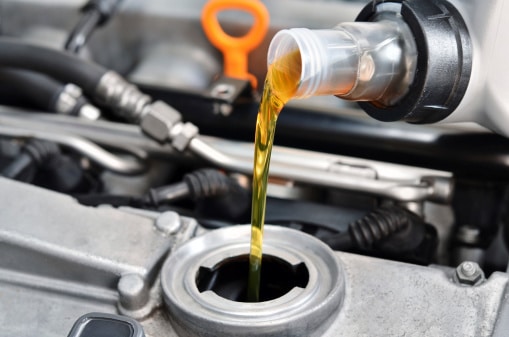Safety is the top priority in the trucking industry. When you become a professional driver, you’ll be expected to adhere to established regulations and standards, including the pre-and post-trip inspections. The Federal Motor Carrier Safety Administration (FMCSA) has established the criteria for these inspections.
Your Pre-and Post-Trip Inspection Checklist
After you’ve been driving a big rig for a while, you’ll have your inspection checklist memorized. But when you’re new on the job, it can be helpful to print out this checklist—just to be sure you won’t forget anything. Do the following before and after every trip.
- Vehicle overview: Give the entire truck a thorough once-over.
- Engine: Pop the hood and check the fluid levels. Check the oil, transmission fluid, and coolant. While you’re in there, look at all of the hoses, wires, belts, electrical connections, and batteries.
- Cab: Examine all of the controls and gauges for anything unusual.
- Lights: Turn on your low-beams, and then get out and check them from the outside. Do the same with your high-beams and four-way flashers.
- Signal lights: Turn on the right-hand turn signal and get out to check that it’s working. Do the same with the left-hand turn signal.
- Brakes: Check all of your brakes, including the service brakes and parking brakes.
Once you’ve done all of those inspections, do another walk-around exterior inspection. Check everything, from front to back, and side to side. Closely examine the following:
- Couplers
- King pin under coupling device
- Wheels, rims, lugs, and tires
- Tie down bolsters
- Rails or support frames
- Sliders or sliding frame lock
- Locking pins, clevises, clamps, or hooks
Your In-Transit Inspection Checklist
In addition to your pre-and post-trip inspections, you must also do less exhaustive inspections during your trip. Within the first 50 miles, you’ll need to pull into a service area to inspect the cargo and load-securing devices and make any necessary adjustments. After 50 miles, you’ll need to inspect the cargo again after you’ve driven for three hours or 150 miles, whichever comes first (or sooner, if you have a change of duty status).
When you enroll at Phoenix Truck Driving School at Ft. Bliss, you’ll learn everything you need to succeed in your new career. Our eight-week CDL training program includes classroom instruction and hands-on practice. Call us today at (877) 206-8344, and you could be ready to start your new career in just two months!







